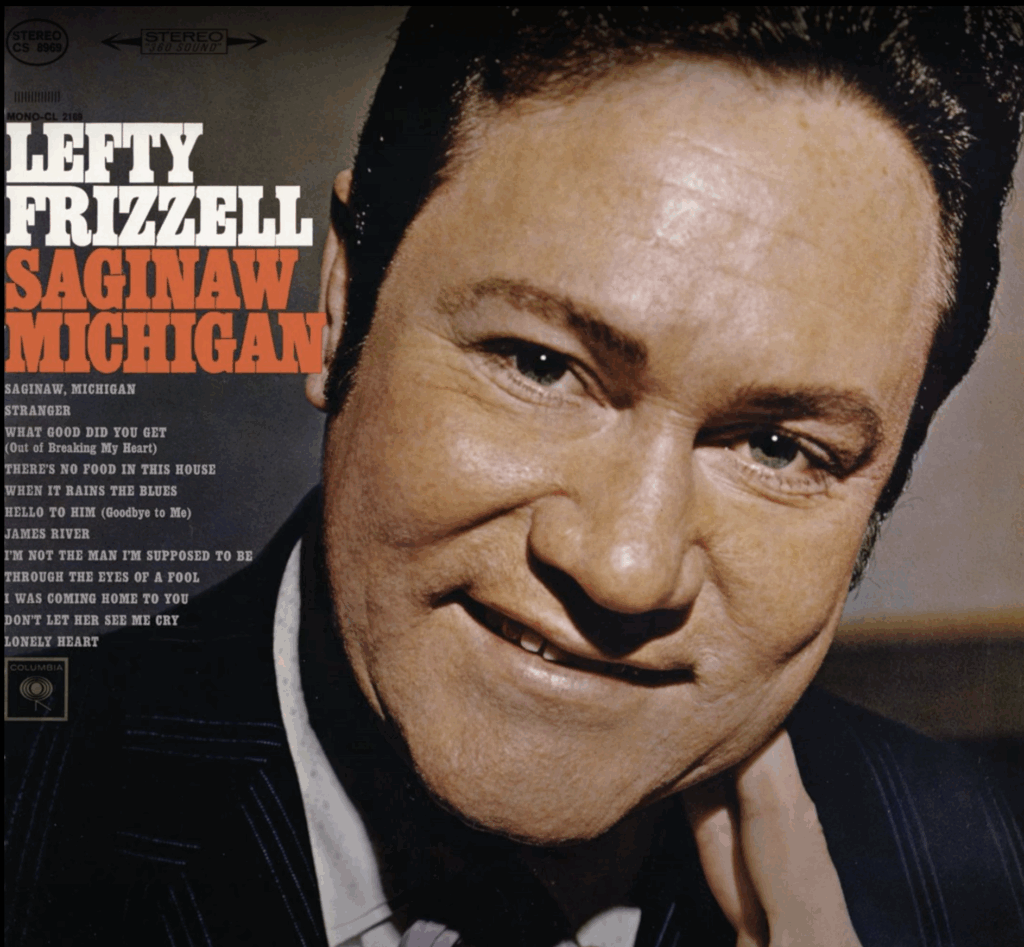Total war on higher ed

Ben Austen visits a community college in the outskirts of Saginaw, MI, to observe that Trump’s war on knowledge isn’t just hitting elite universities:
Since January, the Trump administration has waged war on the nation’s wealthiest and most prestigious universities, freezing billions of dollars in research grants to Harvard and blasting away at Columbia’s institutional autonomy. But collateral damage from these attacks has engulfed schools of all types, including the country’s 1,100 community colleges, which educate about 6.4 million undergraduates each year — roughly 40 percent of the national total and more than twice as many as are enrolled at every highly selective college and university in the country combined.
Like their four-year counterparts, community colleges are grappling with disappearing federal grants, shuttered D.E.I. offices, eliminated programs, canceled cultural convocations and panicked students and staff. At Delta, many of the grants that fund financial aid for low-income students and the staff that support them have been eliminated or threatened. I went to see the hydraulic-circuit class in part because of how much government funding, a great deal of it federal, it takes to make the teaching possible. It was hardly the only class I could have chosen: Federal funding helps pay not just for heavy machinery used in courses like the one taught by Luna but also, elsewhere on the Delta campus, for the full dental lab for aspiring hygienists; the X-ray machines surrounded by lead-lined walls for radiography students; and the robotic medical mannequins, one that pushed out little baby mannequins and could simulate everything from a breech birth to a health emergency.
I also came to Delta to meet its president, Mike Gavin, who in this moment of fear and uncertainty has emerged as a kind of spokesman for America’s community colleges as a whole. Gavin heads an improvised coalition of community-college presidents and administrators called Education for All, which, amid the responses to the federal government’s assaults, has been the rare example of collective action among higher-ed leadership. In his office on the Delta campus, Gavin, who is bald and burly, apologized to me for getting “nerdy” as he plunged into detailed explanations of blocked funding or the particulars of raising graduation rates for Black and Hispanic students. Gavin grew up outside Chicago, in Evanston, Ill., and at his diverse high school, he saw how honors-tracking and other opportunities for advancement remained extremely segregated along lines of race and class. He didn’t have the words for it then, but when he started teaching in and running community colleges, he felt he had landed in one of the few spaces in American society that had the potential to disrupt those entrenched barriers.
A few unrepresentative institutions of higher ed get most of the coverage, but it’s schools like this and their communities that are going to fare even worse.


